Home>Garden Essentials>When Can You Plant Sunflower Seeds
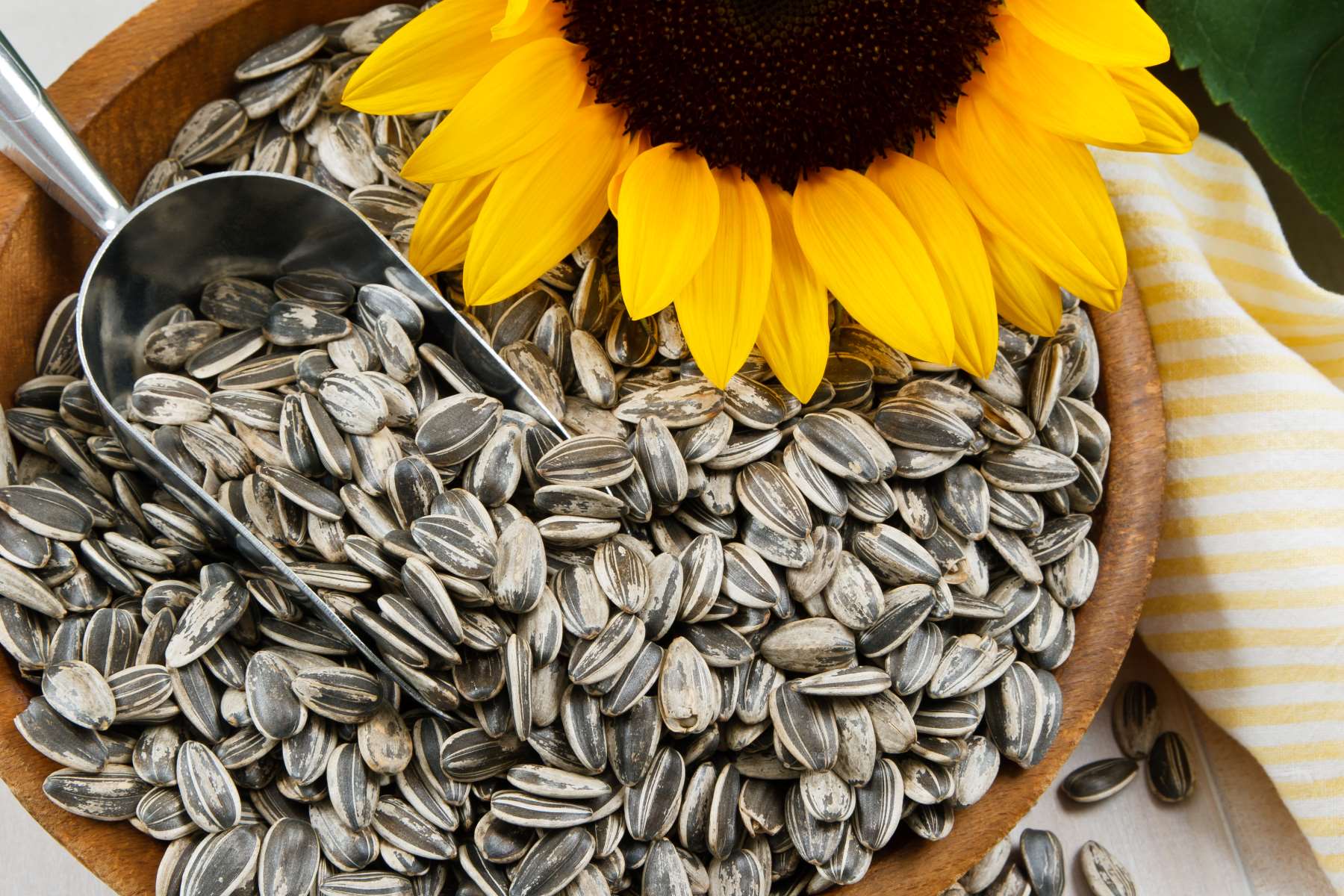

Garden Essentials
When Can You Plant Sunflower Seeds
Modified: March 24, 2024
Discover the best time to plant sunflower seeds in your garden and ensure a successful growth. Learn helpful tips for a thriving sunflower garden.
(Many of the links in this article redirect to a specific reviewed product. Your purchase of these products through affiliate links helps to generate commission for Storables.com, at no extra cost. Learn more)
Introduction
Welcome to the world of gardening! If you’re looking for a vibrant and cheerful addition to your garden, sunflowers are an excellent choice. Sunflowers not only bring a burst of color to any landscape, but they also provide a valuable source of food for birds and insects.
In this article, we will explore the fascinating world of sunflower seeds, including the factors to consider before planting, the recommended planting time, preparation steps, planting techniques, care and maintenance, and the ultimate reward of harvesting your sunflower seeds.
Whether you’re an experienced gardener or a novice with a green thumb, this comprehensive guide will equip you with the knowledge and skills needed to successfully grow and enjoy sunflowers in your own backyard.
So, let’s dive in and discover the best time to plant sunflower seeds, along with the steps to cultivate a flourishing sunflower garden!
Key Takeaways:
- Plant sunflower seeds in spring for vibrant blooms. Consider sunlight, soil, space, and pests. Enjoy the process and harvest nutritious seeds for a delightful snack!
- Prepare soil, plant seeds, and care for sunflowers. Harvest and savor the delicious seeds. Embrace the joy of gardening with vibrant sunflowers in your backyard!
Read more: When Should Sunflower Seeds Be Planted
Understanding Sunflower Seeds
Before you start the process of planting sunflower seeds, it’s essential to understand the key characteristics of these fascinating seeds. Sunflower seeds are the fruits of the sunflower plant, scientifically known as Helianthus annuus. They are oval-shaped and have a hard outer shell, which protects the edible seed kernel inside.
Types of Sunflower Seeds:
There are two primary types of sunflower seeds: non-oil seeds and oil seeds. Non-oil seeds, also known as confectionery seeds, are predominantly consumed as a snack or used in cooking and baking. They are large, uniform in size, and have a striped shell. Oil seeds, as the name suggests, are primarily cultivated for their oil content. They are smaller in size and have a solid black shell.
Nutritional Value:
In addition to their delicious taste, sunflower seeds are packed with essential nutrients. They are an excellent source of protein, healthy fats, fiber, vitamins (such as vitamin E and B vitamins), and minerals (including magnesium, copper, and selenium).
Health Benefits:
The nutritional profile of sunflower seeds contributes to various health benefits. They are known to support heart health, improve digestion, boost energy levels, promote healthy skin, and strengthen the immune system. Sunflower seeds are also rich in antioxidants, which help reduce inflammation and protect against chronic diseases.
Germination:
Germination is the process by which a seed starts to grow into a new plant. Sunflower seeds have a relatively high germination rate, typically ranging from 70% to 90%. Given the right conditions, these seeds will sprout and develop into sturdy sunflower plants, ready to brighten up your garden.
Now that you have a better understanding of sunflower seeds, let’s explore the factors you should consider before planting them to ensure a successful growth journey.
Factors to Consider Before Planting
Before you begin planting sunflower seeds, it’s essential to evaluate a few key factors that can impact the success of your garden. By considering these factors, you can ensure that your sunflowers thrive and produce beautiful blooms:
1. Sunlight:
Sunflowers are aptly named as they thrive in full sun. They require at least six to eight hours of direct sunlight daily to grow and develop properly. Choose a planting location that receives ample sunlight throughout the day, preferably facing south or west for maximum exposure.
2. Soil Quality:
Sunflowers are relatively adaptable and can grow in various soil types. However, they prefer well-draining soil with a pH level between 6.0 and 7.5. Amend heavy clay or sandy soil by adding organic matter like compost to improve drainage and fertility.
3. Space Requirements:
Consider the space available in your garden before planting sunflowers. Depending on the variety, sunflowers can grow to towering heights, ranging from three to twelve feet or even more. Ensure that you provide enough space between each plant to allow for proper air circulation and prevent overcrowding.
4. Wind Exposure:
While sunflowers can handle windy conditions, excessively strong winds can damage or topple the tall stems. If you live in an area prone to strong gusts, consider planting sunflowers near a fence, wall, or other structures that can provide some protection from the wind.
5. Pests and Diseases:
Like any garden plant, sunflowers are susceptible to pests and diseases. Common pests include aphids, slugs, and birds that may feed on the seeds. To prevent infestations, regularly inspect your plants and take appropriate measures, such as using organic pest control methods or netting to protect the seeds from birds.
6. Available Water:
Sunflowers require regular watering, especially during dry periods. Consider the availability of a water source near the planting area or ensure you have a watering system in place to provide adequate moisture.
By taking these factors into account, you can create an optimal growing environment for your sunflowers and increase the chances of a bountiful harvest. Now, let’s move on to the recommended time for planting sunflower seeds.
Recommended Planting Time
The ideal timing for planting sunflower seeds depends on various factors, including your climate zone and the specific variety of sunflowers you intend to grow. In general, sunflower seeds should be planted in the spring when the soil has sufficiently warmed up and the frost risk has passed.
For most regions, the recommended planting time is between late April and early June. This allows the sunflower seeds to germinate and establish strong roots before the hot summer temperatures arrive.
However, it’s important to note that certain sunflower varieties, such as those with shorter maturity periods or dwarf varieties, may have different planting time recommendations. Consult the seed packet or the guidelines provided by the seed supplier for specific instructions on planting dates for your chosen sunflower variety.
In southern regions or areas with mild winters, it may be possible to plant sunflower seeds in the fall or even during the winter months. This can allow for a longer growing season and larger sunflowers. However, ensure that the soil temperature is still suitable for seed germination and growth.
It’s worth mentioning that sunflowers are typically annual plants, meaning they complete their life cycle within a year. However, some perennial varieties can survive and bloom for multiple years under the right conditions. These perennial sunflower varieties may have different planting and care requirements.
By following the recommended planting time for your specific area and variety, you can give your sunflowers the best chance for success and ensure they have ample time to grow, flourish, and produce stunning blooms.
Now that you know the optimal planting time, let’s explore the steps you need to take to prepare the soil and create an ideal growing environment for your sunflower seeds.
Preparation Before Planting
Proper soil preparation is crucial for the successful growth of sunflower seeds. Here are the steps you should take to prepare the soil before planting:
1. Clear the Area:
Begin by clearing the planting area of any weeds, rocks, or debris. This will create a clean and unobstructed space for your sunflowers to grow.
2. Loosen the Soil:
Using a garden fork or a tiller, loosen the soil to a depth of about 12 to 18 inches. This will help improve drainage, break up compacted soil, and allow the sunflower roots to penetrate easily.
3. Remove Weeds:
Take the time to remove any persistent weeds or grass from the planting site. Weeds can compete with sunflowers for nutrients, water, and sunlight, hindering their growth.
4. Amend the Soil:
If your soil is heavy clay or sandy, it’s beneficial to amend it with organic matter such as compost or well-rotted manure. This will improve the soil structure, increase fertility, and enhance moisture retention.
5. Test Soil pH:
Test the soil pH using a soil testing kit or by sending a sample to a local agricultural extension service. Sunflowers prefer a slightly acidic to neutral pH range of 6.0 to 7.5. If the pH is outside this range, you may need to adjust it by adding lime to raise the pH or sulfur to lower it.
6. Apply Fertilizer:
Based on the soil test results, apply a balanced fertilizer or a slow-release granular fertilizer that is high in phosphorus (P), such as a 10-20-10 or 5-10-5 formula. This will provide essential nutrients to support healthy growth and flowering.
7. Rake the Soil:
After amending the soil and applying fertilizer, rake the soil surface to level it and create a fine, crumbly texture. This will make it easier for the sunflower seeds to establish contact with the soil for germination.
By following these preparation steps, you can create an ideal soil environment that promotes healthy root development, nutrient availability, and successful growth for your sunflower seeds.
Now that your soil is ready, let’s move on to the exciting process of planting sunflower seeds!
You can plant sunflower seeds in the spring after the last frost, when the soil temperature is at least 55°F. Choose a sunny spot with well-drained soil and space the seeds 6 inches apart. Keep the soil moist until the seeds sprout.
Read more: When To Plant Sunflower Seeds In Ohio
Planting Sunflower Seeds
Planting sunflower seeds is an enjoyable and straightforward process. Follow these steps to ensure successful germination and growth:
1. Spacing:
Determine the appropriate spacing for your sunflower seeds based on the variety you’re planting. Larger varieties typically require spacing of about 2 to 3 feet between each plant, while smaller varieties can be planted as close as 1 foot apart. Leave enough space to accommodate the mature size of the sunflower plants.
2. Digging Holes:
Using a trowel or your fingers, dig holes that are approximately 1 to 2 inches deep. Space the holes according to the determined spacing requirements, with enough distance between each hole to avoid overcrowding.
3. Planting the Seeds:
Place one or two sunflower seeds into each hole, and cover them with soil. If you’re planting more than one seed per hole, thin out the weaker seedlings once they emerge to maintain the desired spacing between the sunflower plants.
4. Watering:
After planting the seeds, give them a thorough watering to ensure the soil is evenly moist. Be careful not to overwater, as excessive moisture can lead to fungal diseases or seed rot. Maintain a consistent level of moisture throughout the germination and early growth stages.
5. Mulching:
Consider applying a layer of organic mulch, such as straw or wood chips, around the base of the sunflower plants. Mulching helps to conserve moisture, suppress weed growth, and regulate soil temperature.
6. Staking (optional):
If you’re growing tall sunflower varieties or live in a windy area, it may be necessary to stake the plants for support. Place stakes near the base of each sunflower and securely tie the stem to the stake as the plant grows taller.
7. Sun Exposure:
Ensure your sunflowers are positioned in an area where they receive full sun exposure for most of the day. Sunflowers are heliotropic, meaning they track the sun’s movement. Placing them in a sunny spot will result in healthier and more vibrant blooms.
With these steps, you have successfully planted your sunflower seeds! Now it’s time to provide proper care and maintenance to help your sunflowers flourish.
Continue reading to learn about the essential practices for nurturing your sunflowers and ensuring their optimal growth.
Care and Maintenance
Caring for sunflowers involves a few essential practices to ensure their healthy growth and stunning blooms. Follow these care and maintenance tips to keep your sunflowers thriving:
1. Watering:
Regular watering is crucial, especially during hot, dry periods. Aim to keep the soil consistently moist, but be careful not to overwater, as sunflowers are susceptible to root rot. Water at the base of the plant to avoid wetting the leaves, which can lead to fungal diseases.
2. Fertilizing:
Apply a balanced fertilizer, such as a 10-10-10 or 20-20-20 formula, once the sunflowers have reached about 12 inches in height. Follow the instructions on the fertilizer package for the proper application rates. Avoid over-fertilizing, as excessive nitrogen can result in large plants with weak stems.
3. Mulching:
Mulch around the base of the sunflowers to help conserve moisture, suppress weed growth, and regulate soil temperature. Apply a layer of organic mulch, such as straw or wood chips, making sure to leave a small space around the stem to prevent crown rot.
4. Supporting Taller Varieties:
If you are growing tall sunflower varieties or live in an area with strong winds, providing additional support may be necessary. Stake the plants by placing a sturdy stake near the base and tying the stem to the stake using soft twine or plant ties. This will prevent the plants from toppling over in windy conditions.
5. Pruning:
Remove any dead or damaged leaves and spent flowers regularly. This helps improve air circulation around the plant and reduces the risk of fungal infections. Additionally, pinching back the top growth when the plants reach about 3 to 4 feet in height can encourage branching and result in more flower heads.
6. Pest and Disease Control:
Monitor your sunflowers regularly for signs of pests, such as aphids or caterpillars. If necessary, use organic pest control methods like handpicking or applying insecticidal soap. Also, be vigilant for signs of fungal diseases like powdery mildew or downy mildew, and take appropriate measures such as spraying fungicides or adjusting watering practices.
7. Support Pollinators:
Sunflowers are attractive to bees, butterflies, and other pollinators. Encourage their presence by planting other pollinator-friendly flowers nearby. This helps with cross-pollination and can increase seed production.
By following these care and maintenance practices, you can ensure that your sunflowers remain healthy, vibrant, and a beautiful addition to your garden. Now, let’s move on to the ultimate reward of growing sunflowers – harvesting the seeds!
Harvesting Sunflower Seeds
Harvesting sunflower seeds is not only rewarding but also provides a delicious and nutritious snack. Here’s how you can harvest the seeds from your sunflowers:
1. Monitoring Seed Development:
Observe your sunflowers closely as the flower heads begin to mature. You’ll notice that the vibrant yellow petals will start to wither and dry out, and the center of the flower head, known as the seed head, will begin to turn brown and shrink slightly. This is an indication that the seeds are developing.
2. Timing:
Wait until the majority of the flower heads on your sunflowers have dried and turned brown. Ideally, the back of the seed head should be brown and the outer bracts should be easily removable. Harvesting too early may result in underdeveloped seeds, while waiting too long may lead to loss of seeds due to natural dispersal or wildlife foraging.
3. Cutting the Seed Heads:
Use sharp garden shears or pruners to cut the sunflower seed heads from the stalk. Leave about 6 to 8 inches of stem attached to the seed head to provide a handle for easier handling and drying.
4. Removing the Seeds:
Place the harvested seed heads in a clean, dry, and well-ventilated area, such as a garage or a shed. Hang the seed heads upside down or lay them on a flat surface. As the seed heads continue to dry, gently rub or brush them to remove the seeds. The seeds will easily detach from the seed head and accumulate at the bottom.
5. Drying the Seeds:
Allow the harvested seeds to dry completely in a well-ventilated area for about two weeks. This helps reduce their moisture content and prevents mold or rot during storage. Test the seeds by biting into one – it should be hard and crisp, indicating that it’s thoroughly dried.
6. Seed Storage:
Transfer the dried seeds to airtight containers, such as glass jars or resealable bags, and store them in a cool, dry, and dark place. Properly stored sunflower seeds can remain viable for several years.
7. Roasting or Eating Raw:
Enjoy your homegrown sunflower seeds by roasting them in the oven or eating them raw. To roast, spread the dried seeds on a baking sheet, drizzle with oil and desired seasonings, and bake at a low temperature until golden brown. If eating them raw, crack open the shells and enjoy the nutritious kernels straight from the seed.
By following these steps, you can harvest and savor the fruits of your labor – delicious and nutritious sunflower seeds. Share them with family and friends, or save them for planting in the next growing season.
Now that you’ve learned all about planting, caring for, and harvesting sunflower seeds, it’s time to put this knowledge into practice and enjoy the beauty and benefits of these magnificent flowers. Happy gardening!
Conclusion
Congratulations! You’ve reached the end of our comprehensive guide to planting and caring for sunflower seeds. By now, you should have a solid understanding of the various aspects involved in growing vibrant and healthy sunflowers in your garden.
From understanding the characteristics of sunflower seeds to considering the factors before planting, you’ve gained valuable insights into the world of sunflower cultivation. You learned about the recommended planting time, how to prepare the soil, and the step-by-step process of planting sunflower seeds.
We also covered the essential care and maintenance practices for nurturing your sunflowers, including proper watering, fertilizing, pruning, and controlling pests and diseases. And, of course, we explored the exciting process of harvesting sunflower seeds and enjoying their delicious and nutritious rewards.
Remember, gardening is a continuous learning experience, and each garden is unique. Feel free to experiment, adapt techniques to your specific conditions, and make adjustments along the way. Don’t hesitate to explore different sunflower varieties and try new techniques to expand your gardening skills.
As you embark on your sunflower gardening journey, remember to enjoy the process and cherish the beauty of these magnificent flowers. The bright and cheerful blooms will add a touch of joy and vibrancy to your outdoor space, while the nutritious seeds will provide nourishment for both humans and wildlife.
So, gather your gardening tools, find the perfect spot in your yard, and let the magic of sunflowers unfold. Whether you’re planting them for their beauty, attracting pollinators, or harvesting the seeds for your own enjoyment, sunflowers are sure to bring happiness and beauty to your garden.
Thank you for joining us on this sunflower gardening adventure. May your garden be filled with sunshine and may your sunflowers stand tall and proud. Happy gardening!
Frequently Asked Questions about When Can You Plant Sunflower Seeds
Was this page helpful?
At Storables.com, we guarantee accurate and reliable information. Our content, validated by Expert Board Contributors, is crafted following stringent Editorial Policies. We're committed to providing you with well-researched, expert-backed insights for all your informational needs.
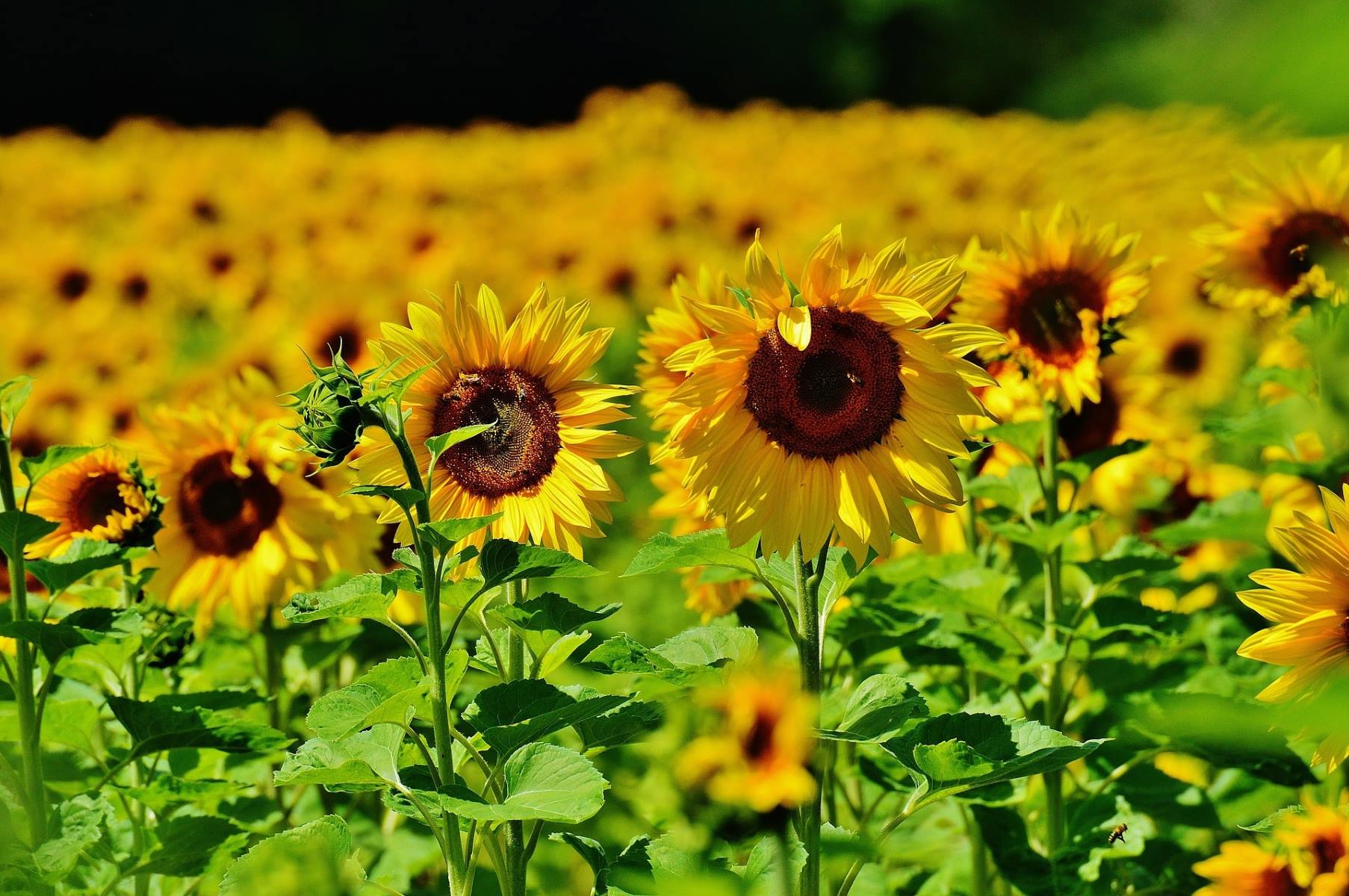
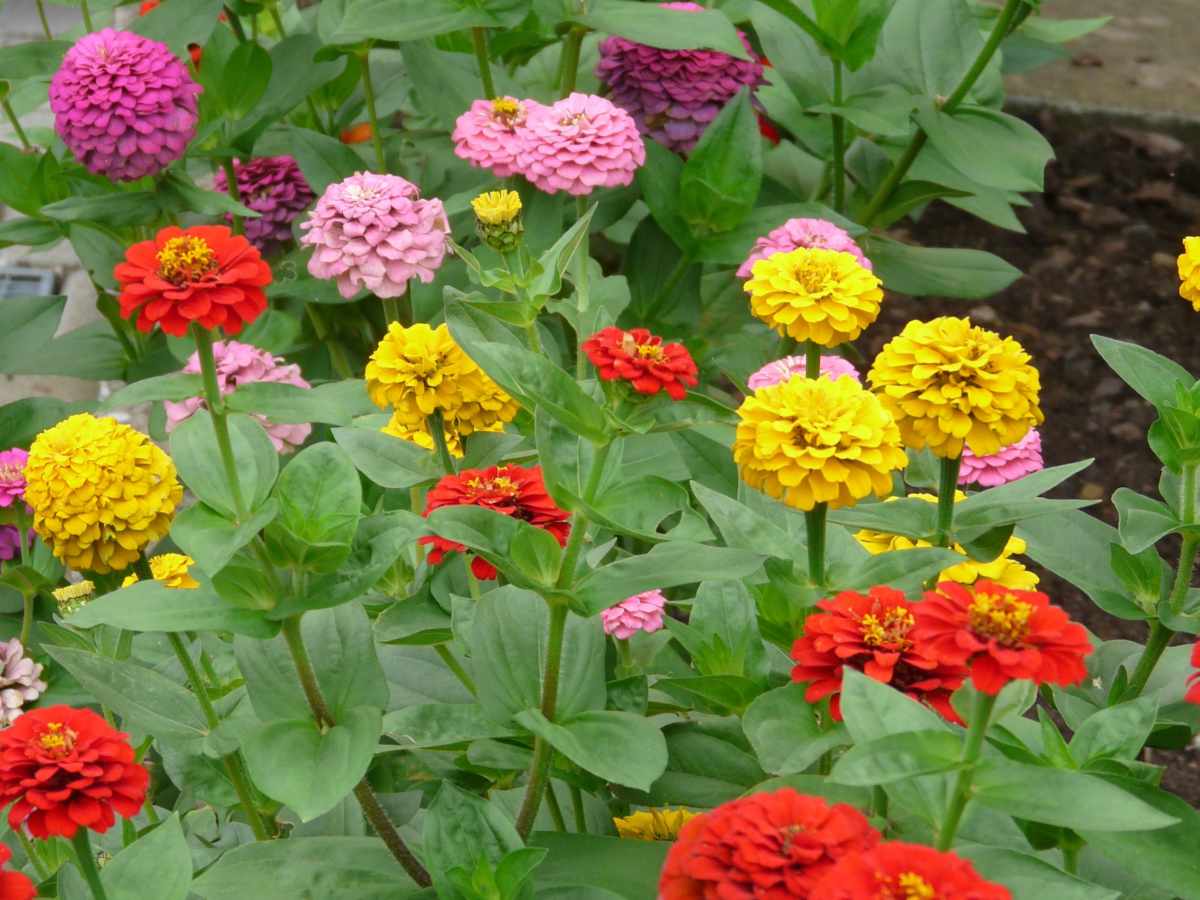
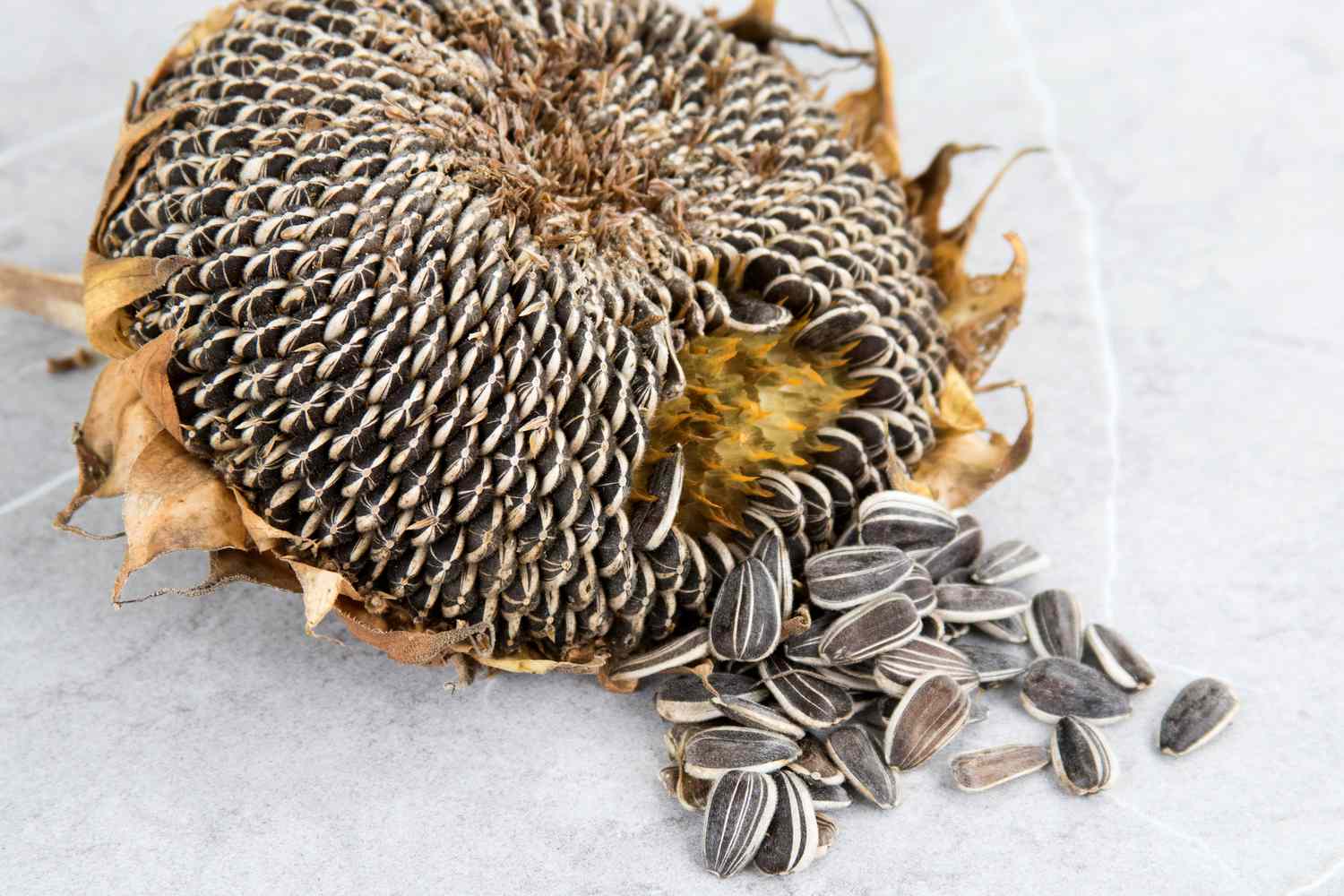
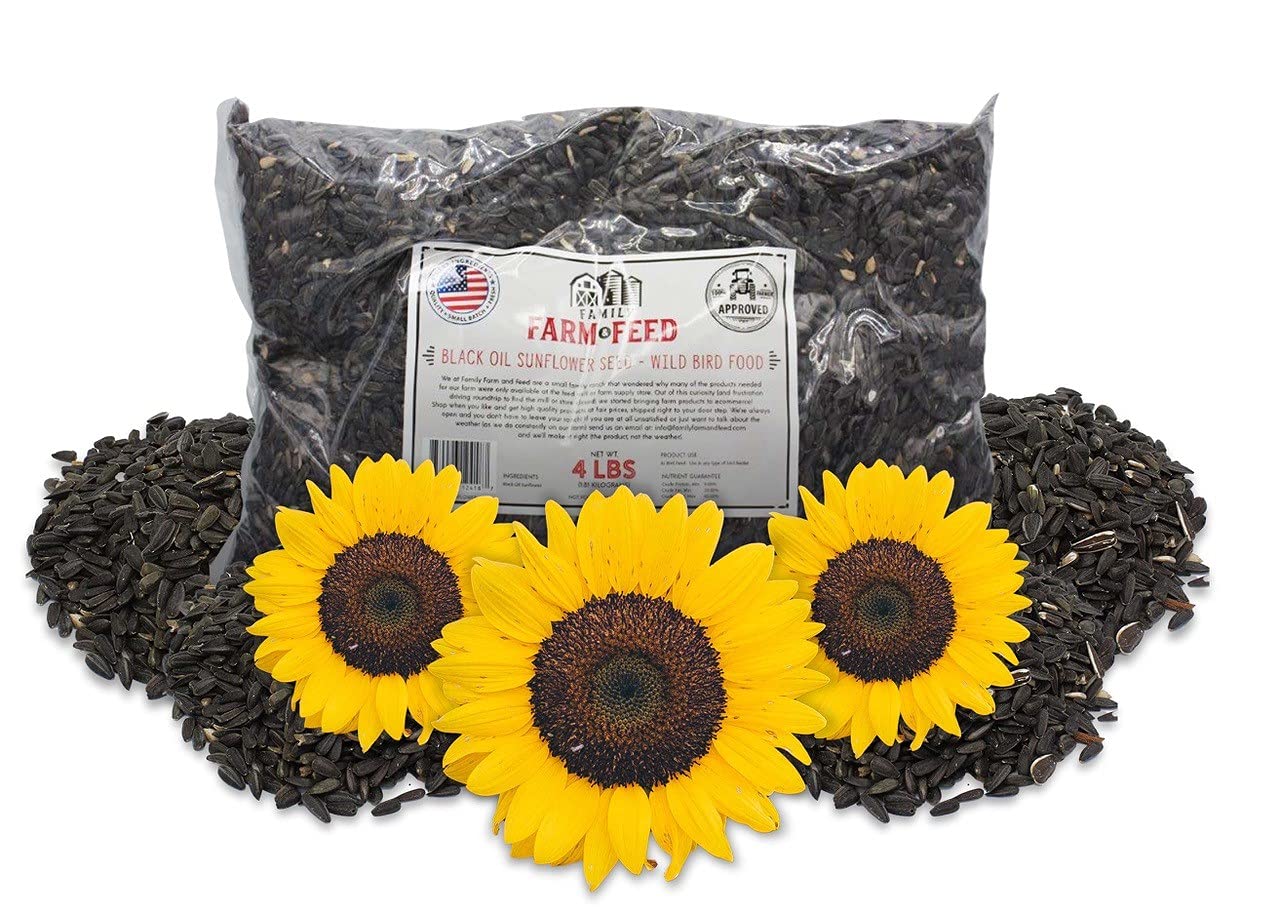
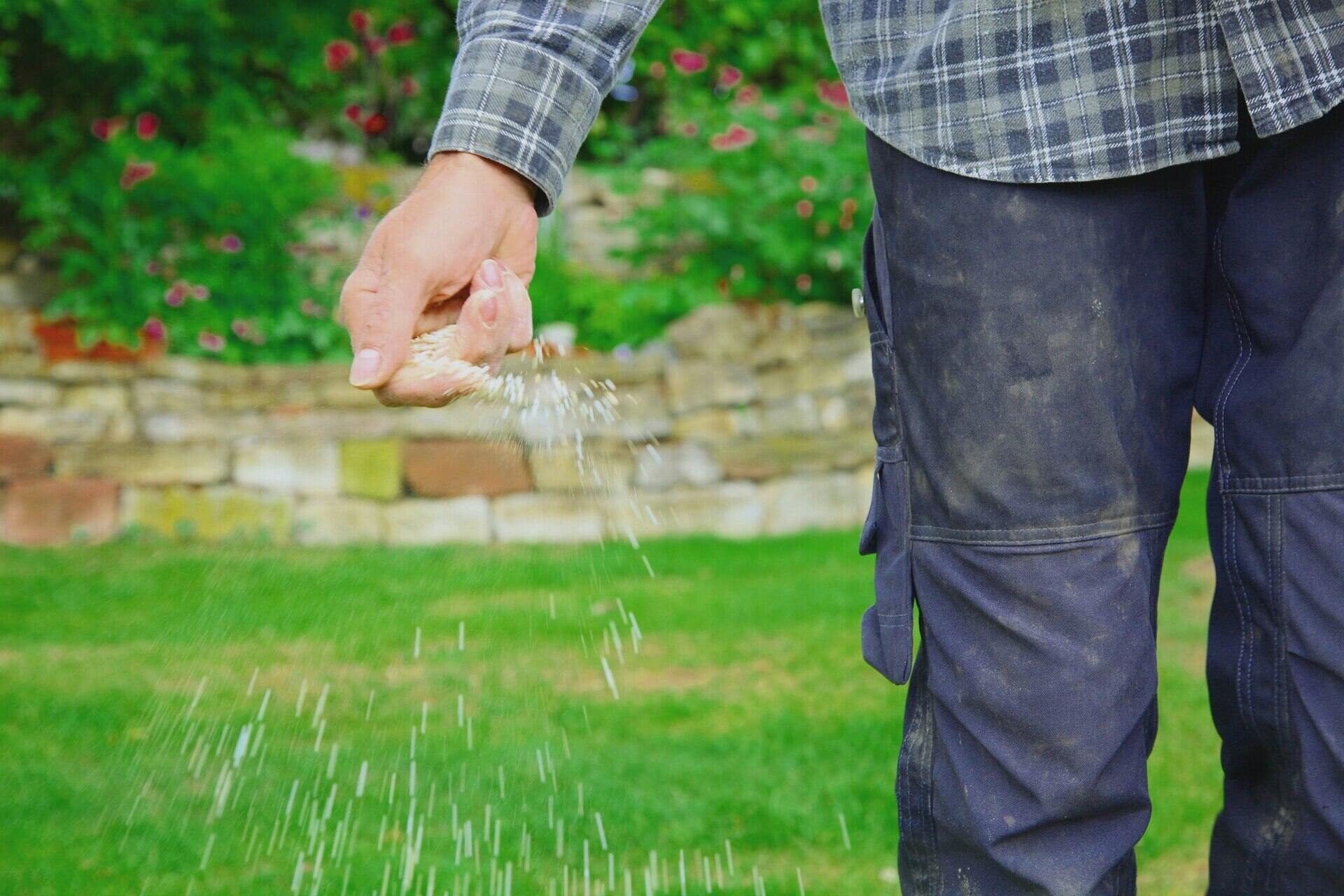
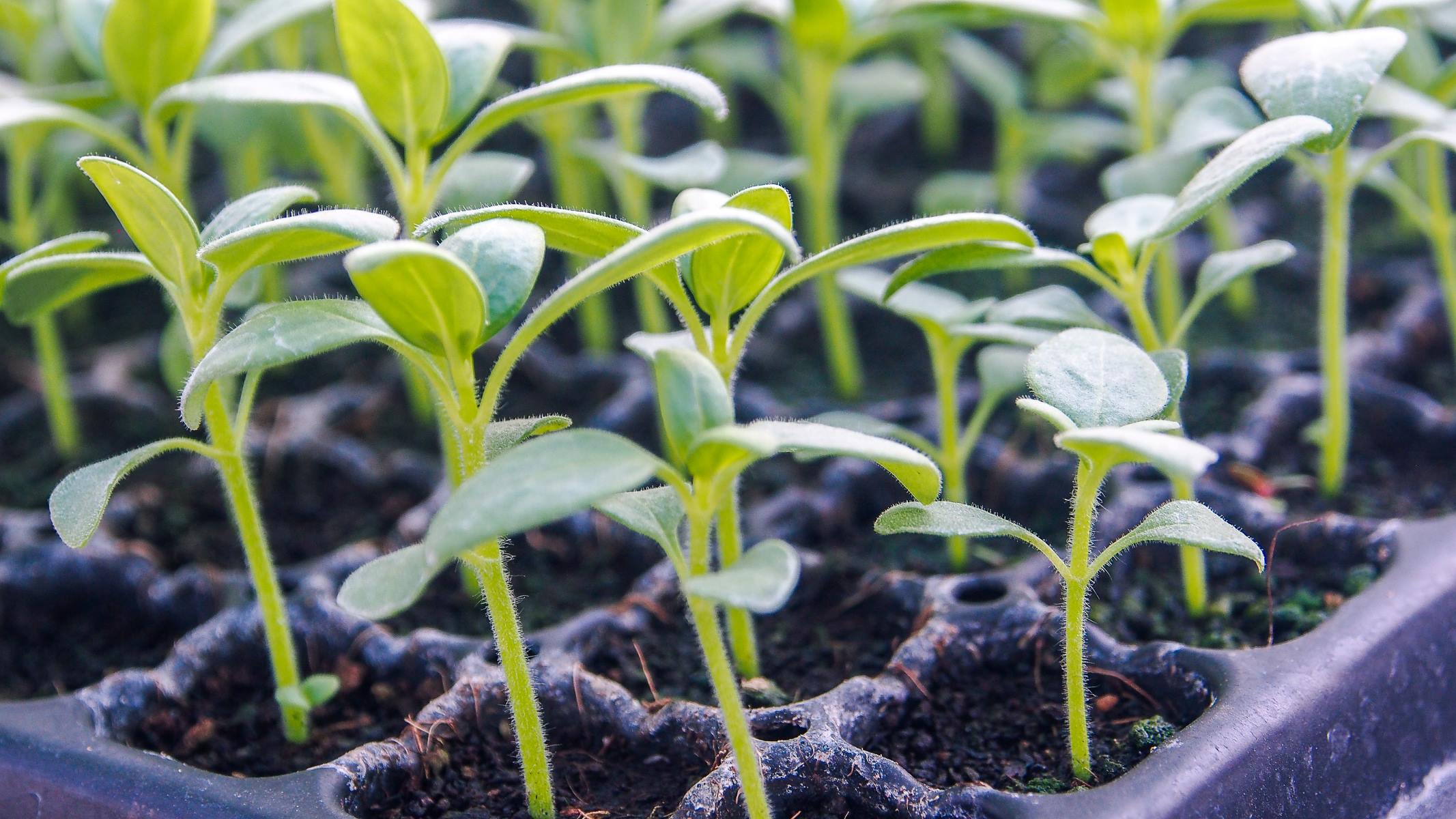

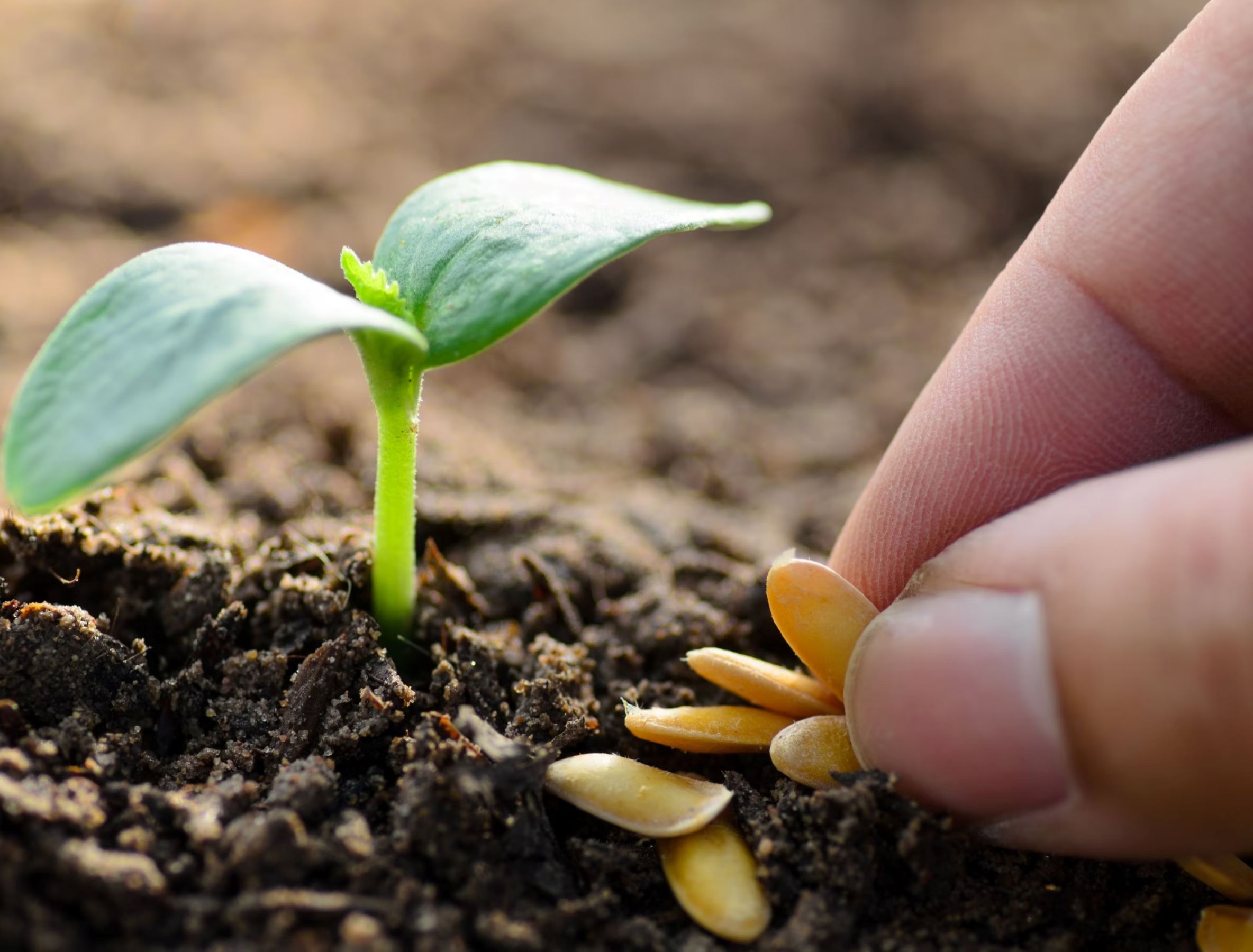
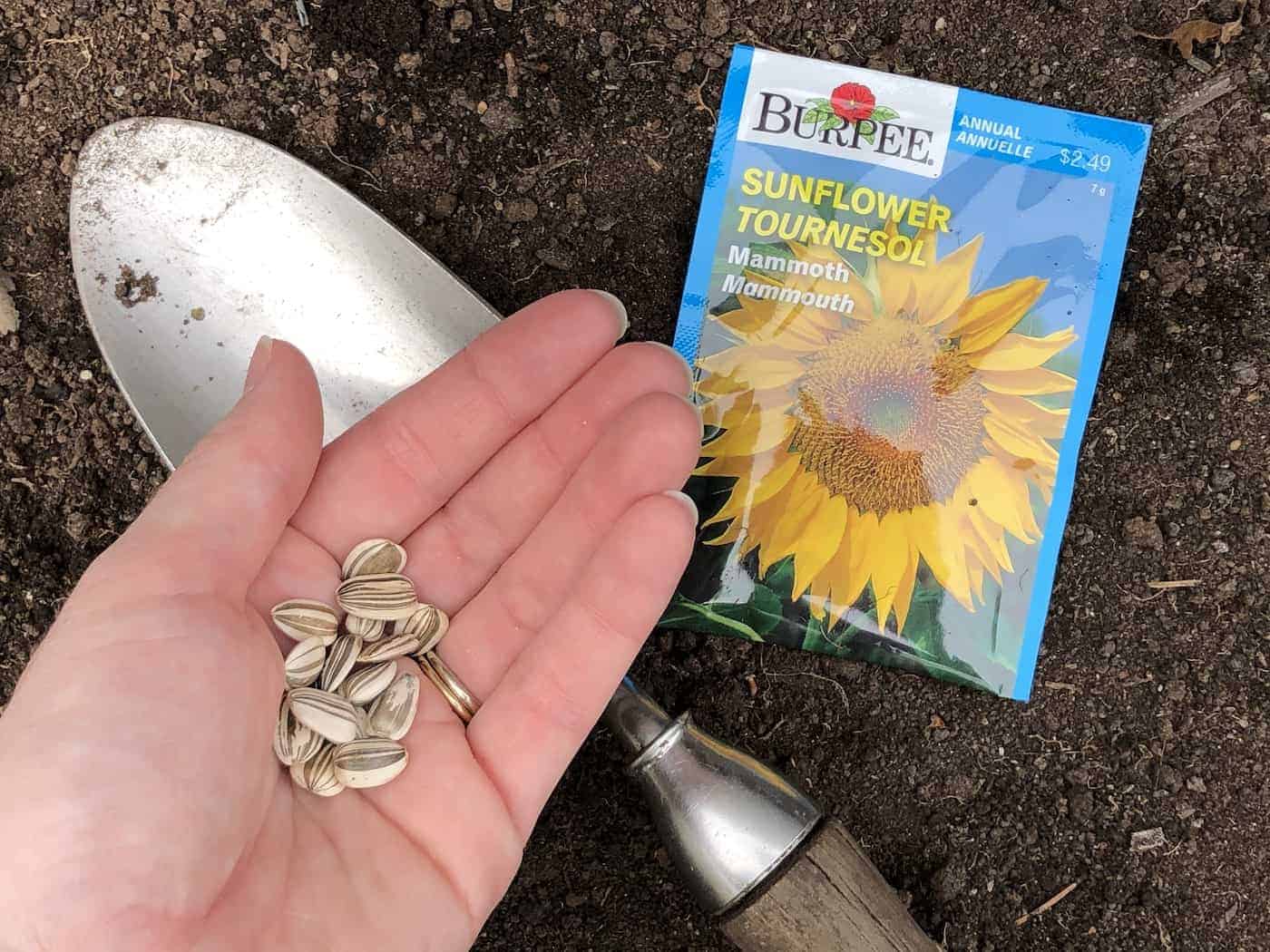
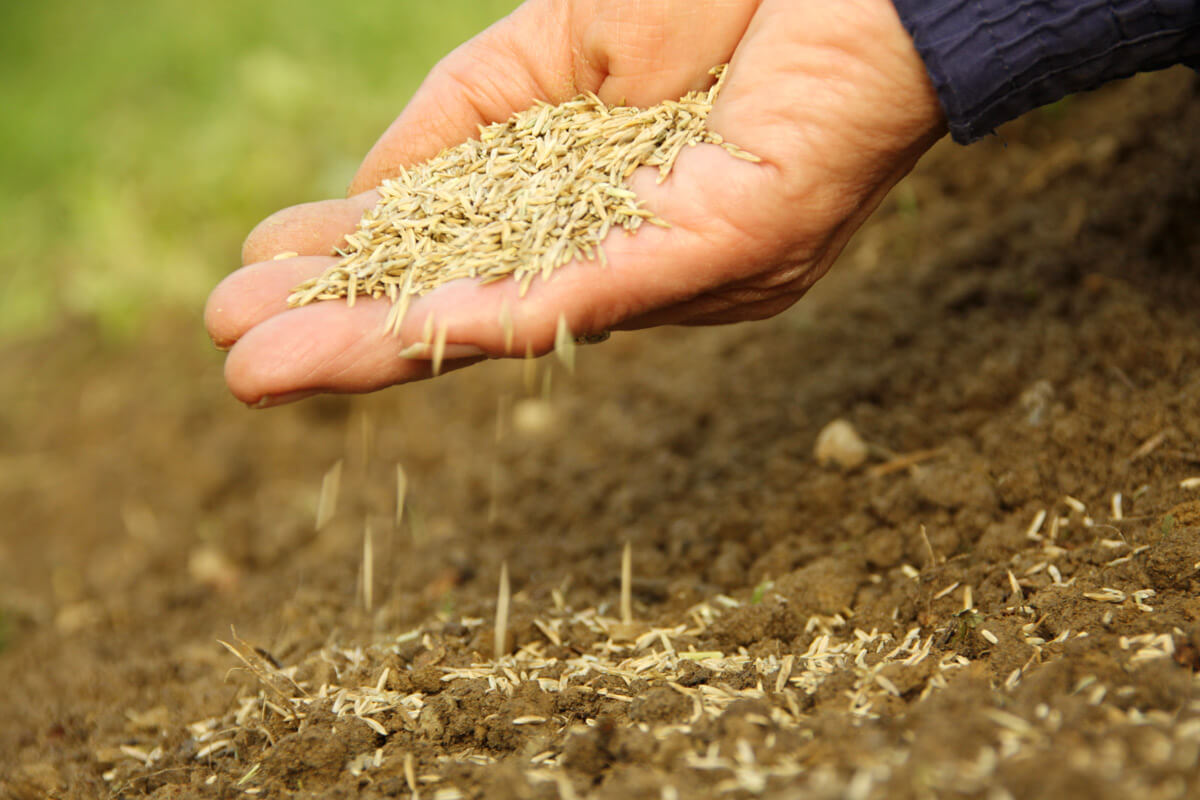
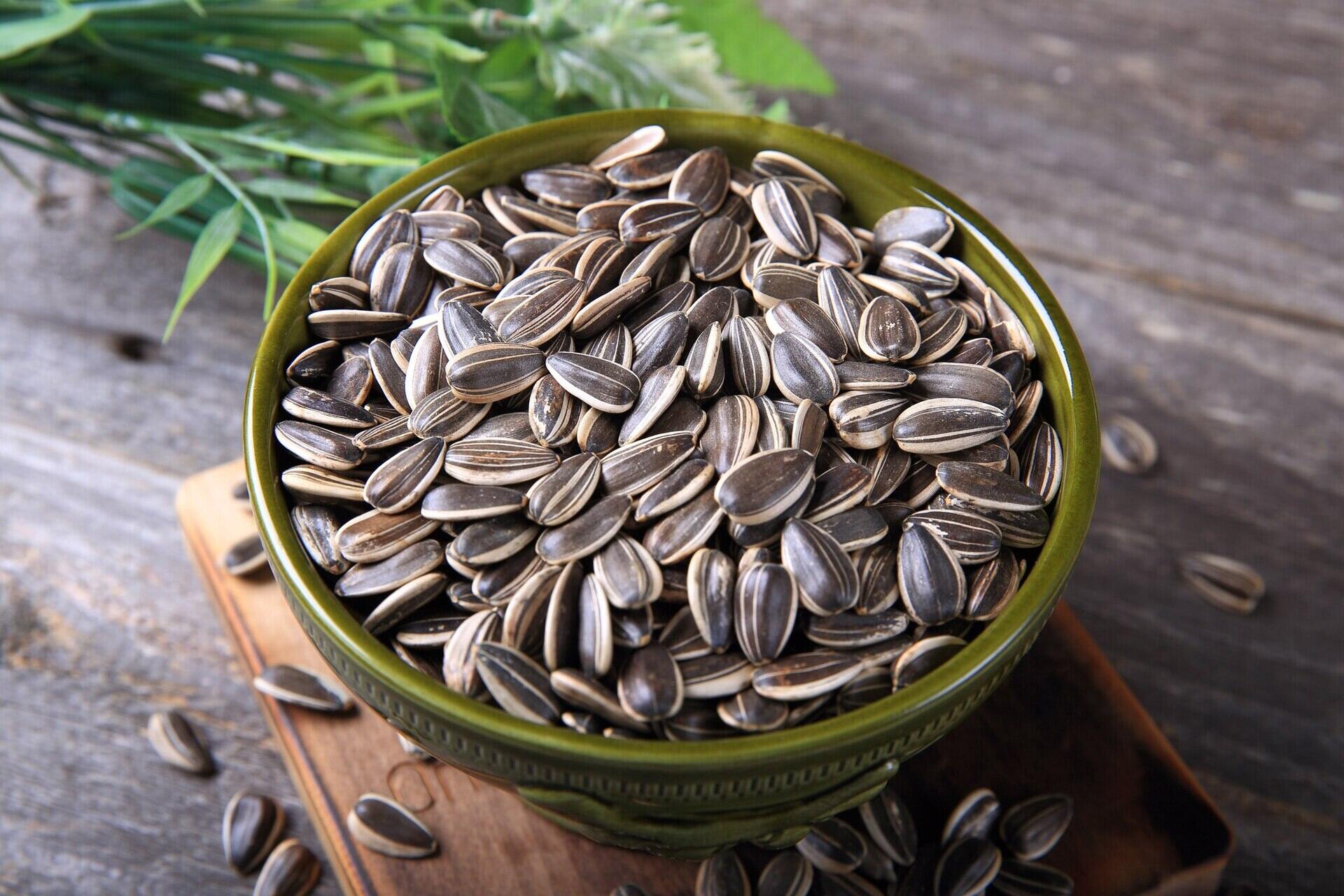
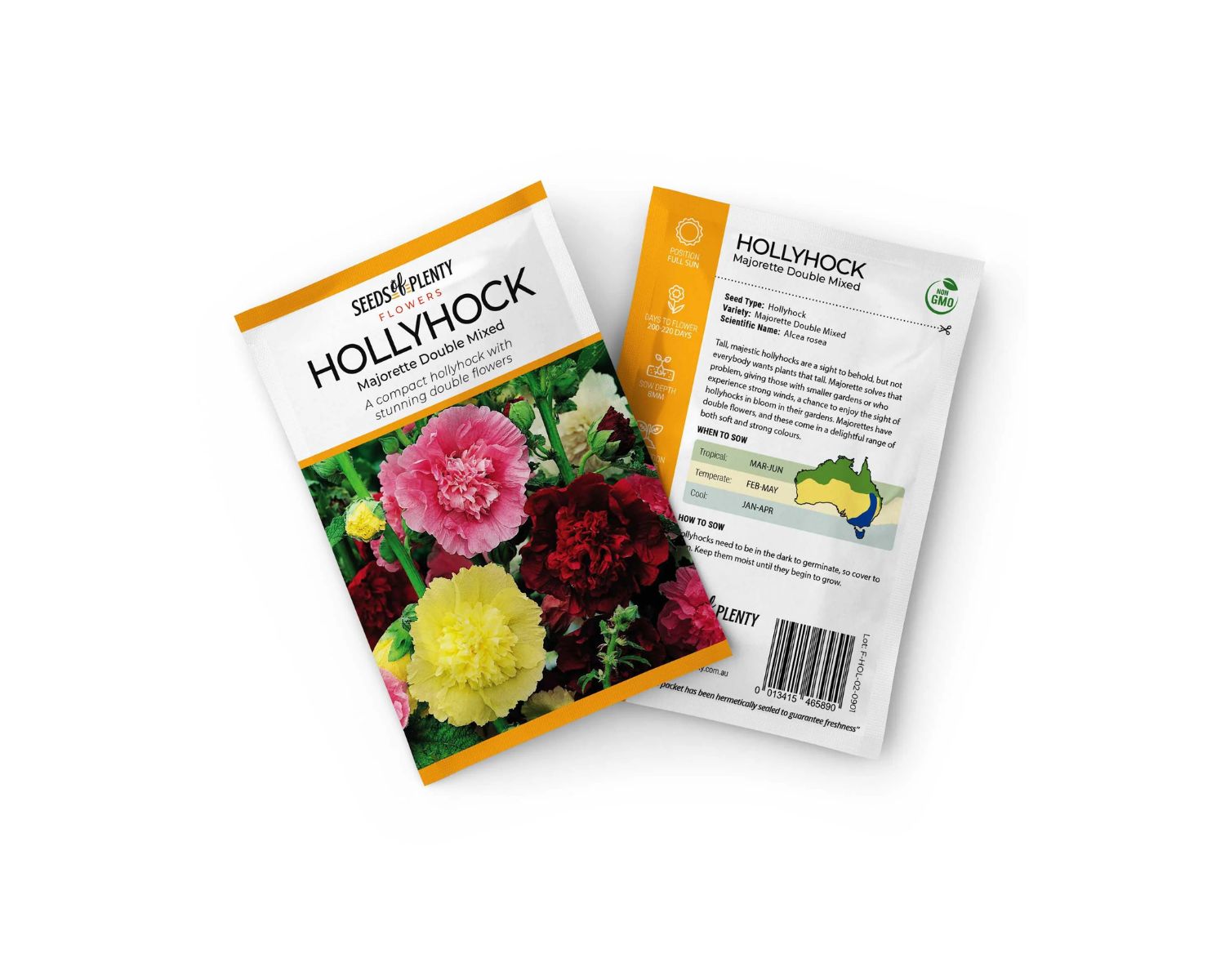
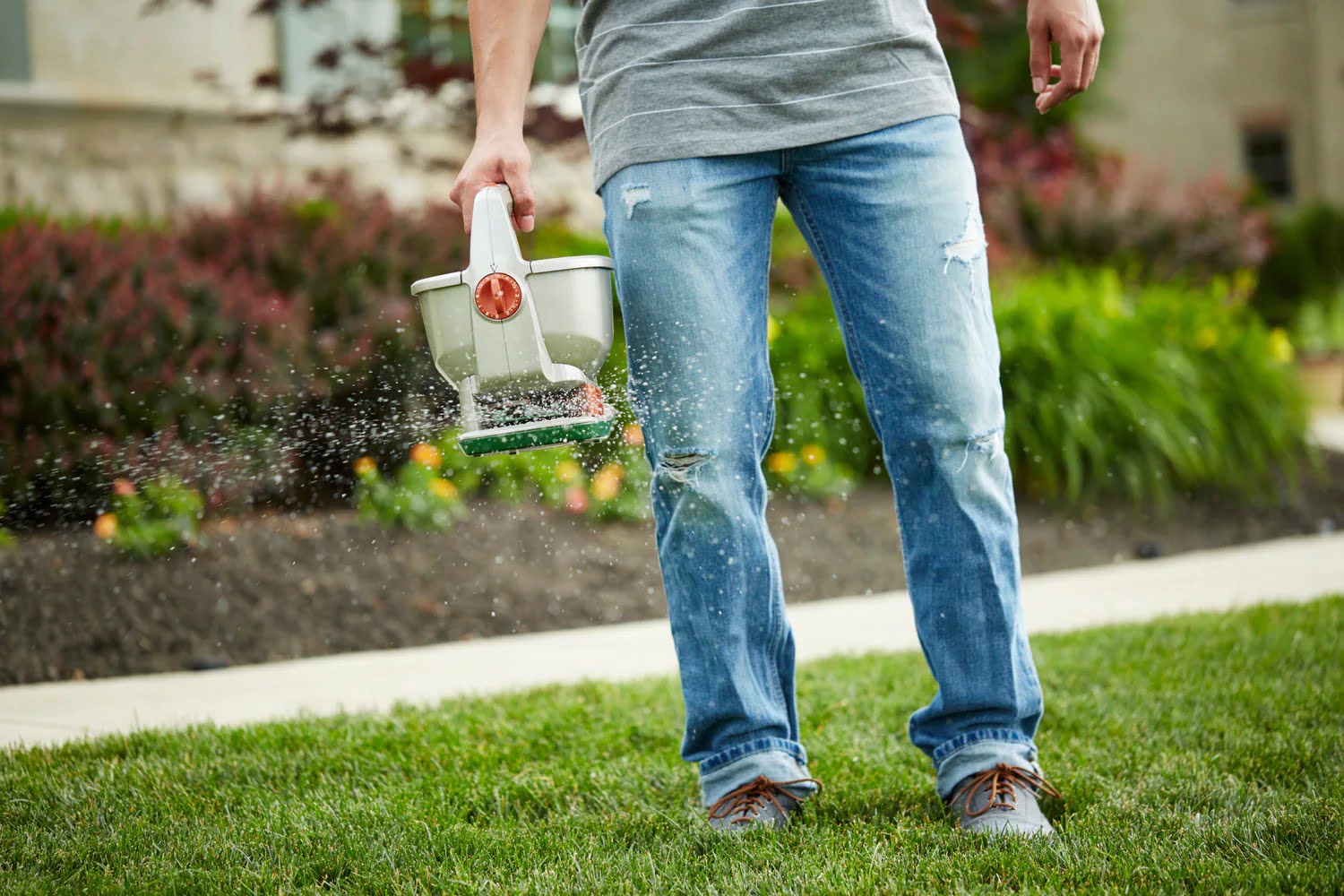
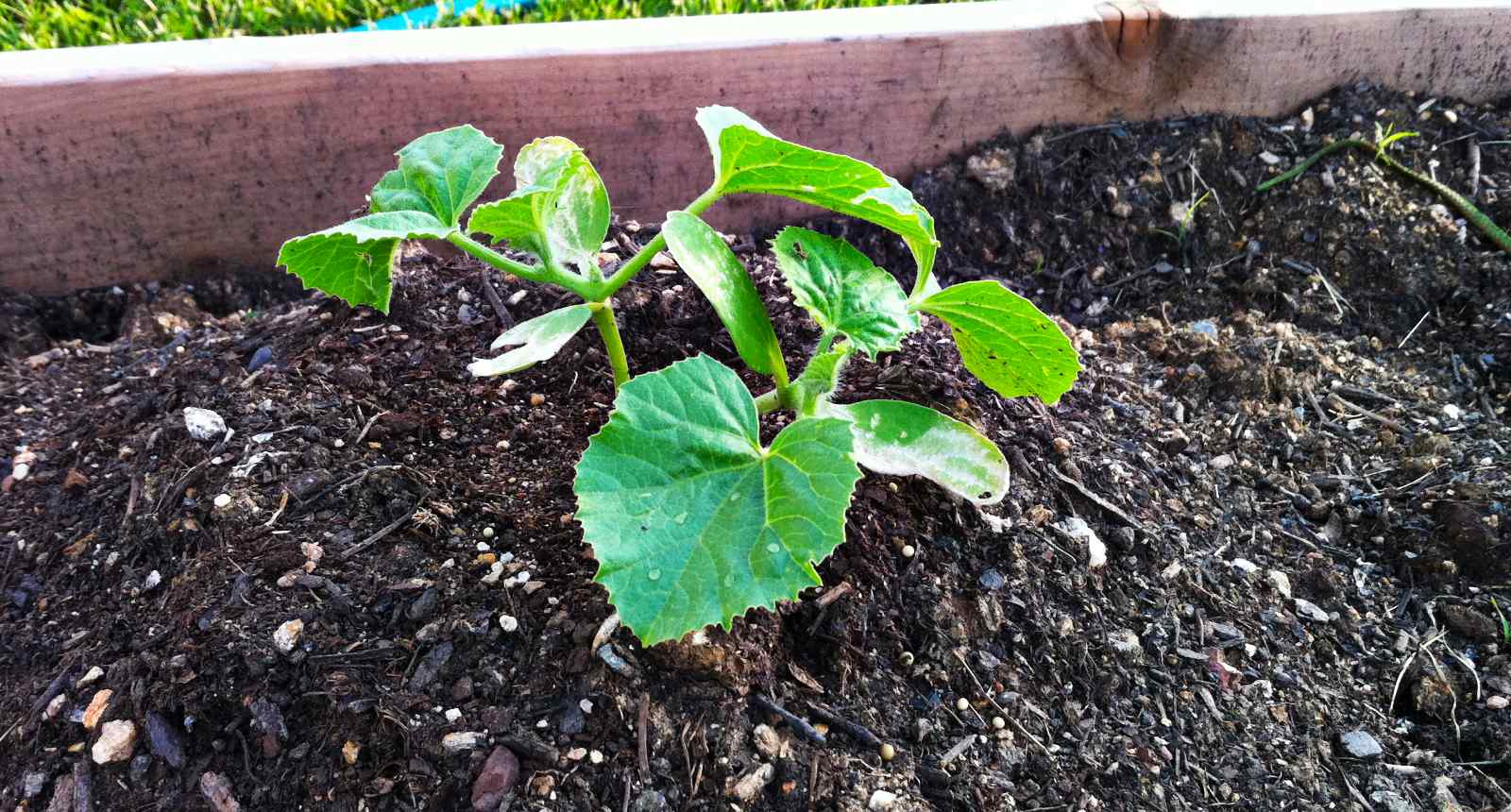

0 thoughts on “When Can You Plant Sunflower Seeds”